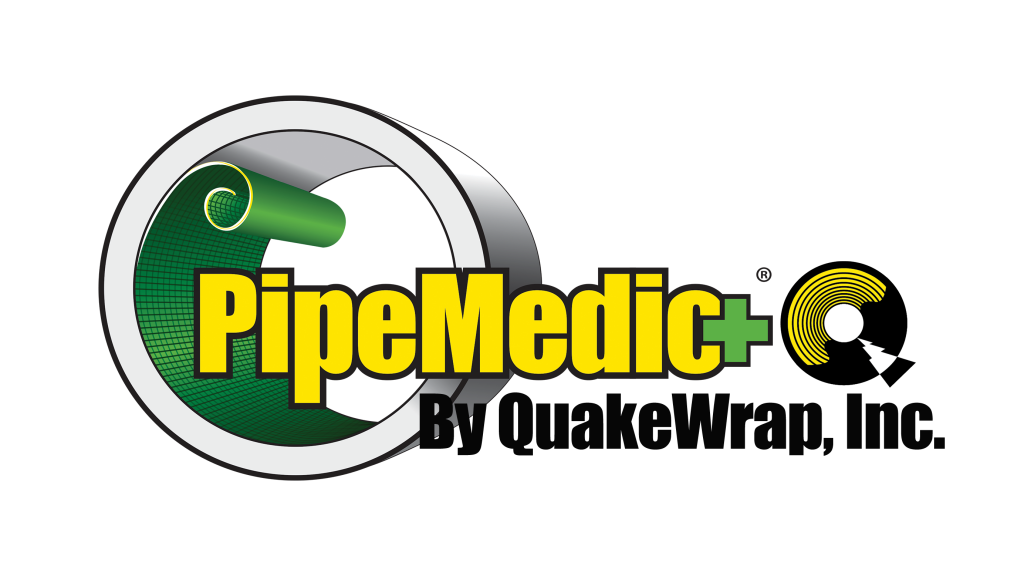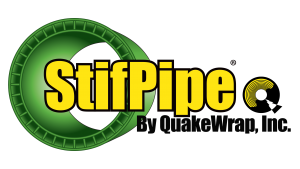
THE WORLD'S MOST INNOVATIVE FRP PRODUCTS
StifPipe® is an award-winning FRP composite pipe technology that uses a lightweight core with carbon and glass fabric reinforcement to create an extremely lightweight pipe capable of resisting heavy external loads and internal pressure.
StifPipe® can be pre-manufactured for installation by the sliplining method or can be applied layer by layer with the wet layup method for lining both pressure pipes and gravity flow pipes.
Gallery
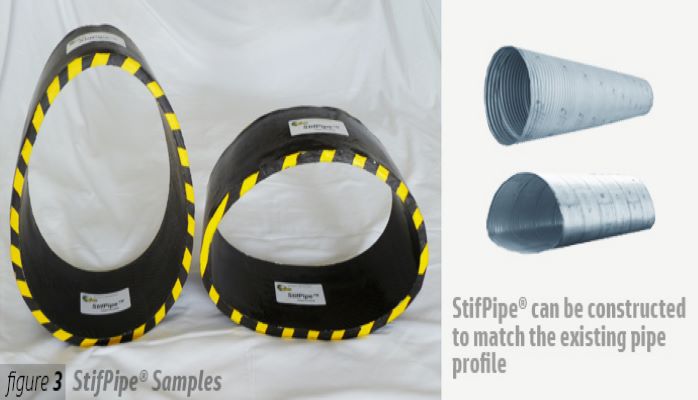
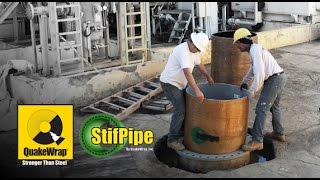
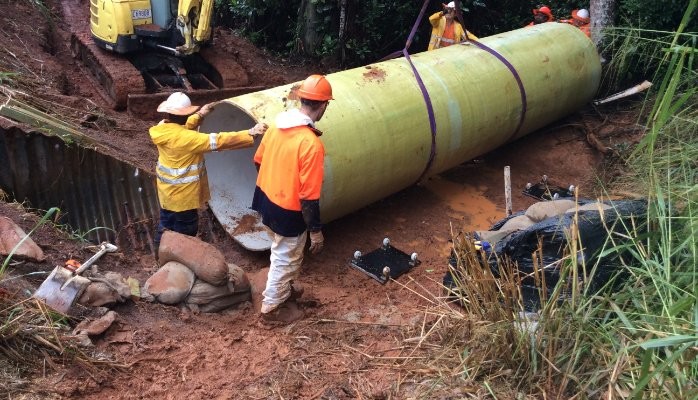
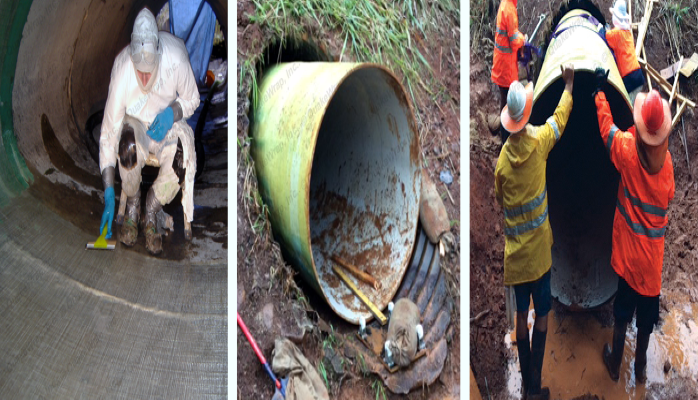
Background Information
Unique Advantages:
Cured-In-Place (CIP) solutions for repair of water and sewer pipelines, storm-water pipes and culverts have become very popular in recent years. These techniques are often trenchless, meaning little or no excavation is necessary to repair the pipe or culvert. In particular, for repair of pressurized pipes, such as Prestressed Concrete Cylinder Pipe (PCCP), the use of Carbon Fiber Reinforced Polymer (CFRP) is a very effective technique. The tensile strength of CFRP is about 2-3 times that of steel and in repair of pipelines that are subjected to internal pressure, two or three layers of CFRP fabric is often sufficient to resist the internal pressures after the host pipe loses its capacity due to corrosion of reinforcing steel wires.
In recent years, however, an increasing number of our clients are seeking a CFRP liner that would meet a more stringent requirement, namely that in the event the host pipe or culvert fails completely, the liner should act as a stand-alone pipe capable of resisting all external loads, such as soil pressure, traffic loads, etc. The design of liners for such loading conditions is controlled by the ring stiffness (rather than tensile strength) of the liner; i.e. the thickness of the liner governs the design. Consequently, for such projects CFRP’s high tensile strength is not as important.
Many such projects require a CFRP liner ½ inch or thicker which results in 10 or more layers of CFRP to build up enough thickness (and stiffness) that would resist the external loads without buckling of the liner.
Considering the high cost of carbon and the required time to install so many layers of CFRP in the field, this alternative becomes cost prohibitive.
PROBLEM:
The challenge we face is to create a new CIP liner for stand-alone pipe applications with the following attributes: 1) Resist internal pressures 2) Resist external gravity loads 3) Lower cost than conventional CFRP liners, and 4) Faster installation time than conventional CFRP liners.
SOLUTION:
To overcome the above short comings, we have developed this truly innovative product called StifPipe®. In doing so, we have combined the results of many years of our R&D and experience in pipeline renovation with decades of R&D in the aerospace industry where honeycomb construction was originally developed. Honeycomb construction simply realizes that the stiffness of an element is determined by the distance between the outer layers; the same principle that makes an I-beam very stiff.
Rather than compiling layer after layer of expensive carbon fabric, we use a specially-designed honeycomb core and bond the carbon fabric to the outer surfaces as skin reinforcement. The result is an extremely lightweight and stiff pipe. For pressurized pipes, the number of layers of carbon fabric on the interior surface of StifPipe® will be designed to resist the internal pressure only, while the entire stiff assembly will resist the gravity and traffic loads.
What We Do
We are the world’s most innovative solution provider for pipe rehabilitation and strengthening using fiber reinforced polymer (FRP) systems.
